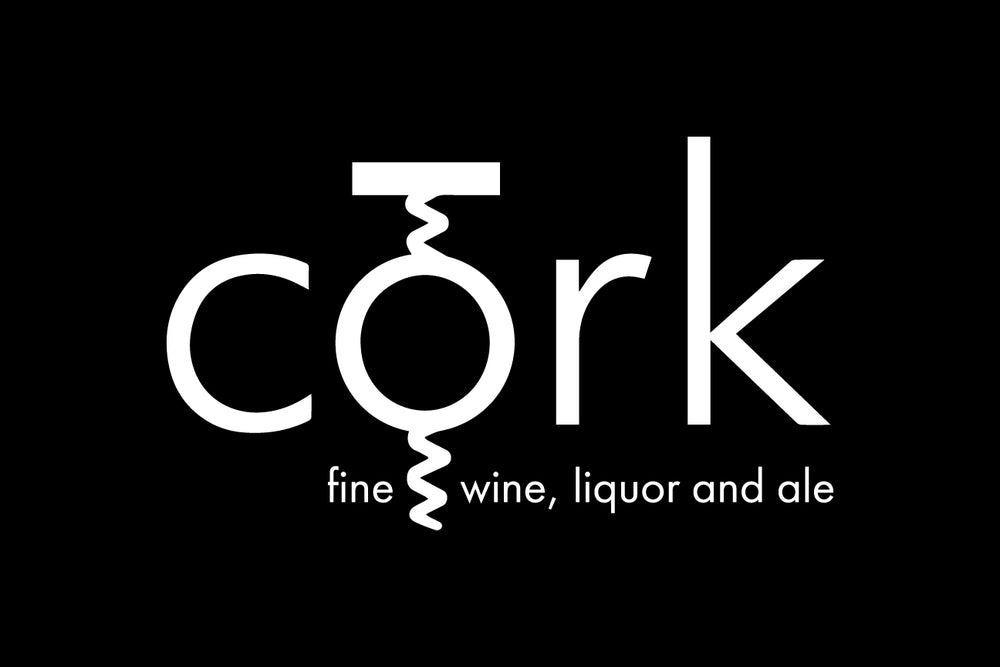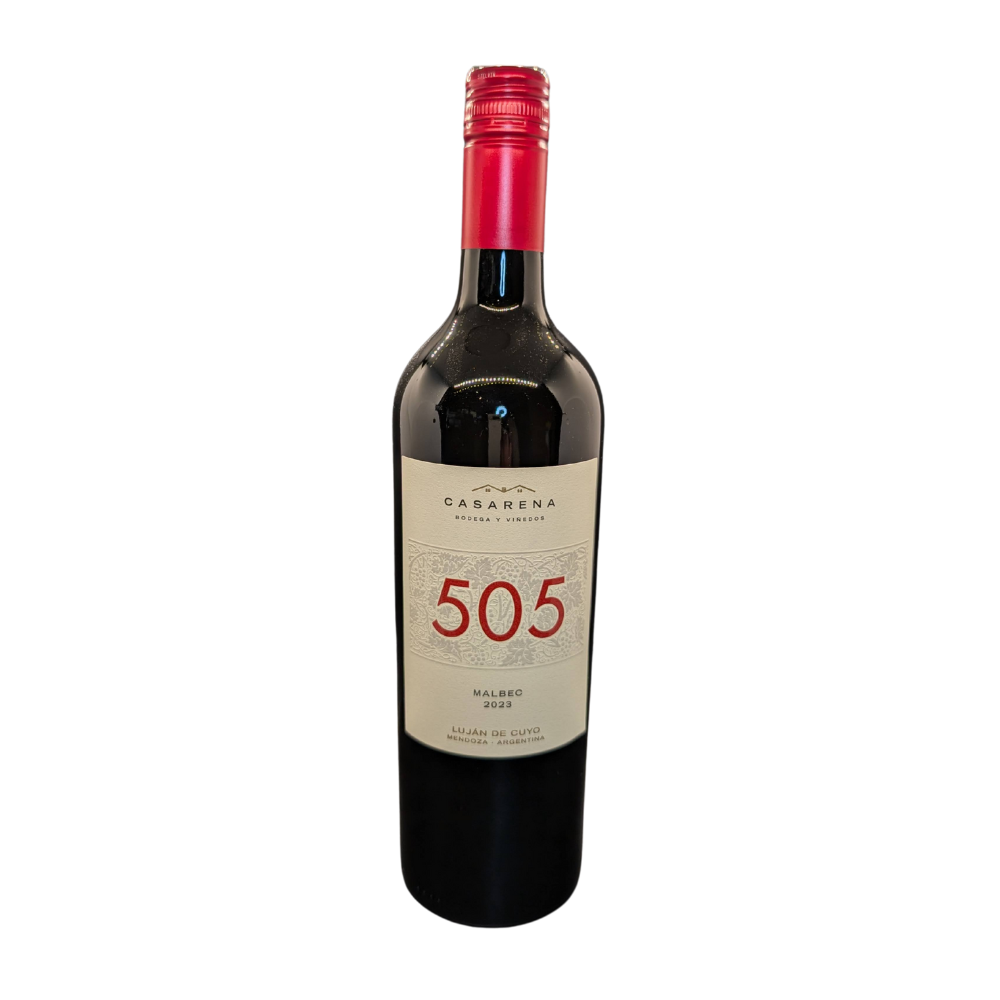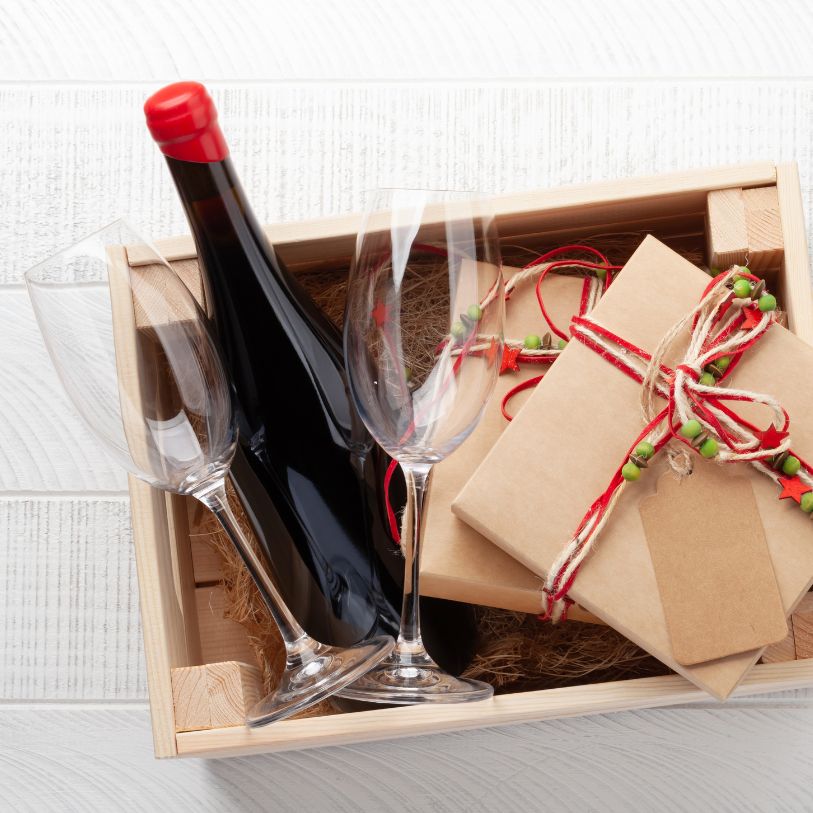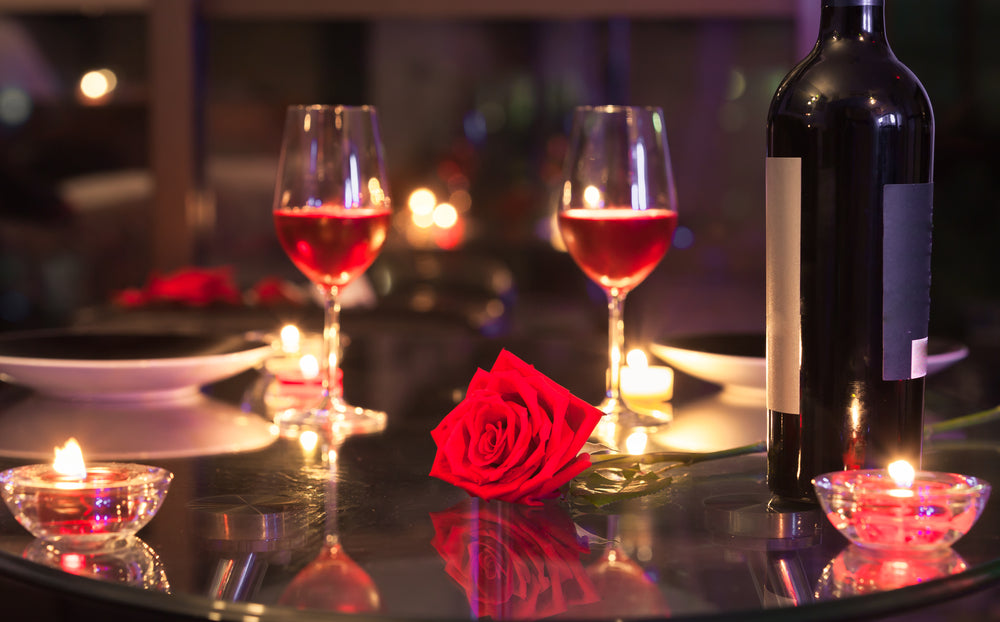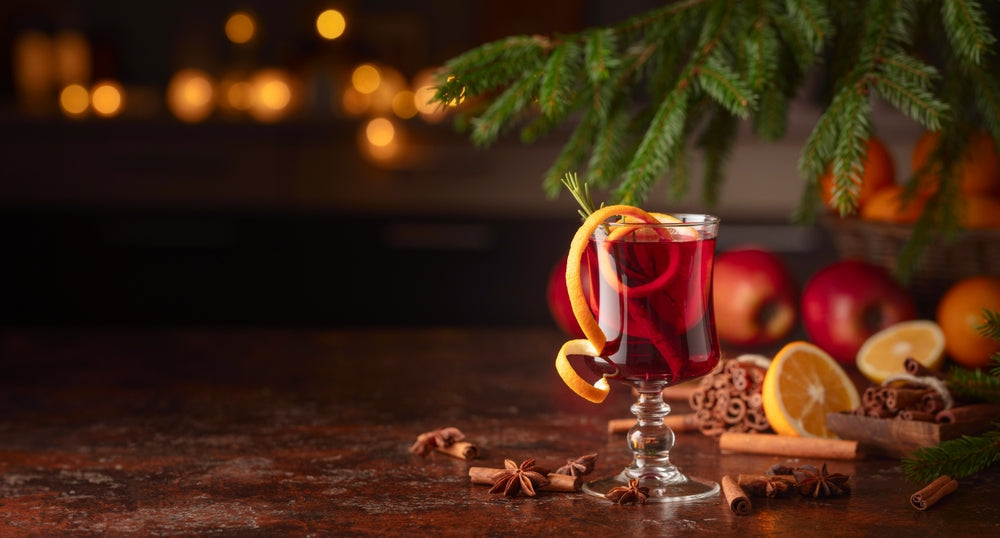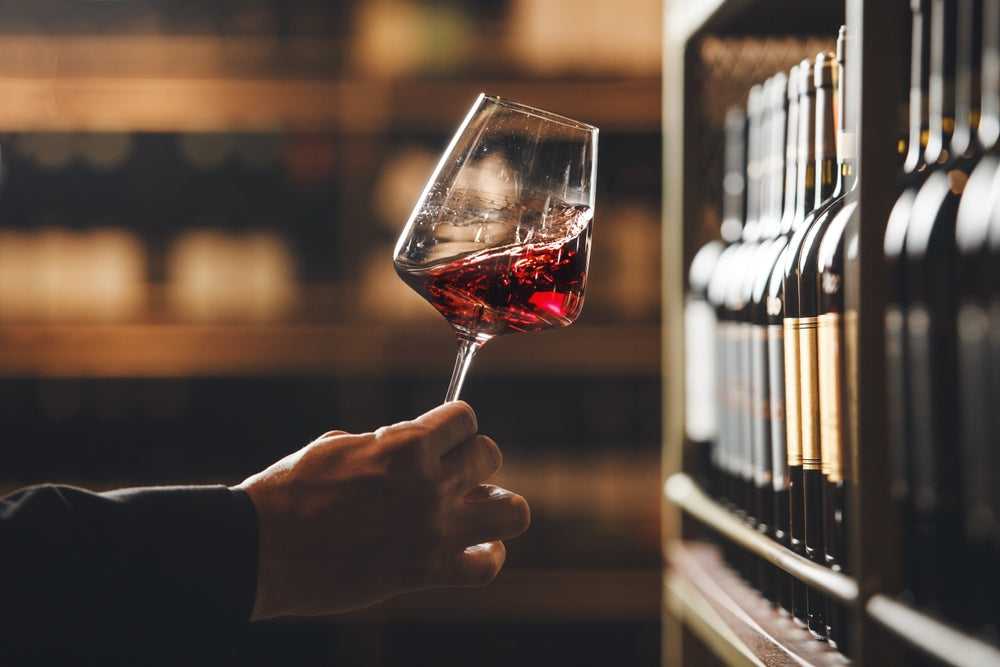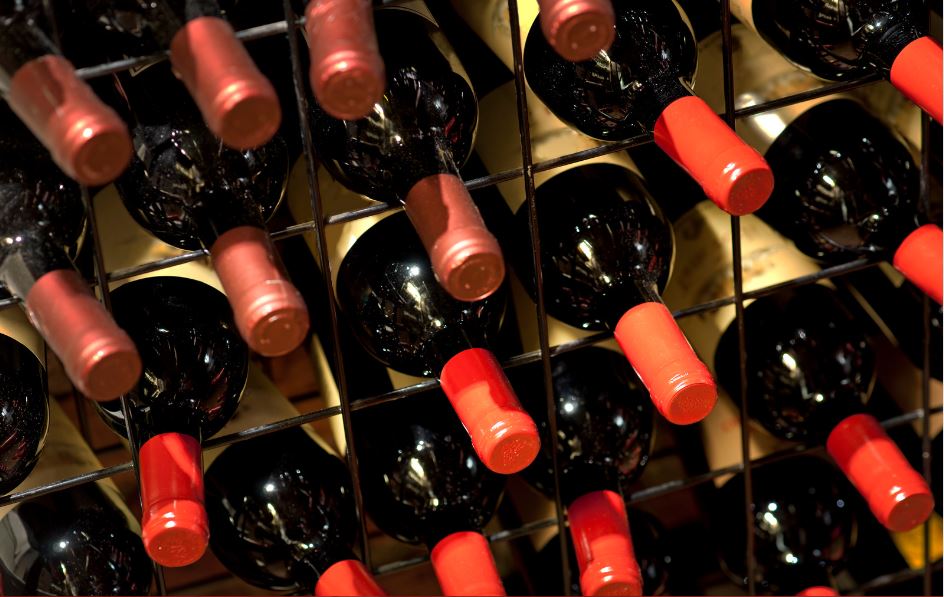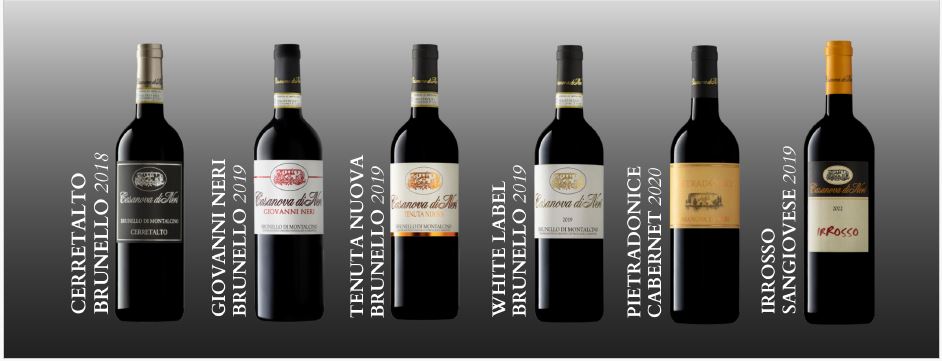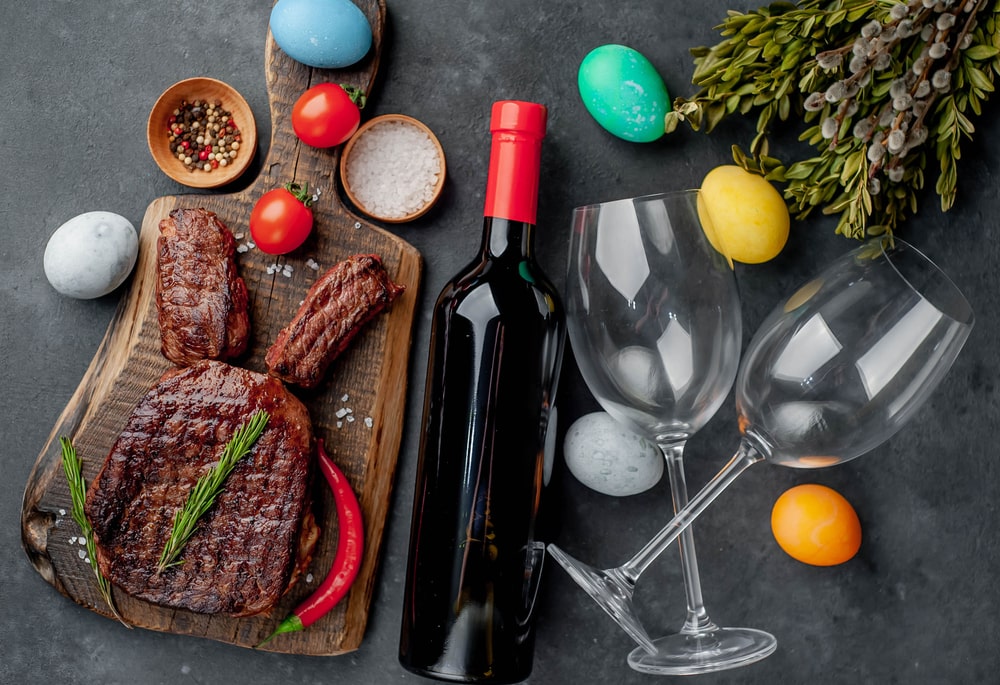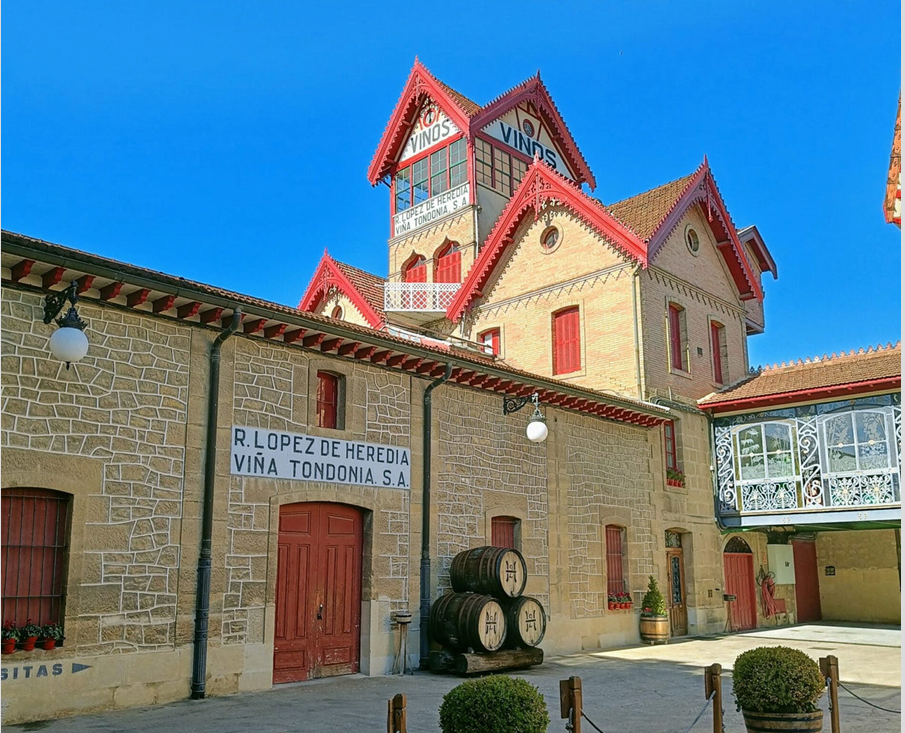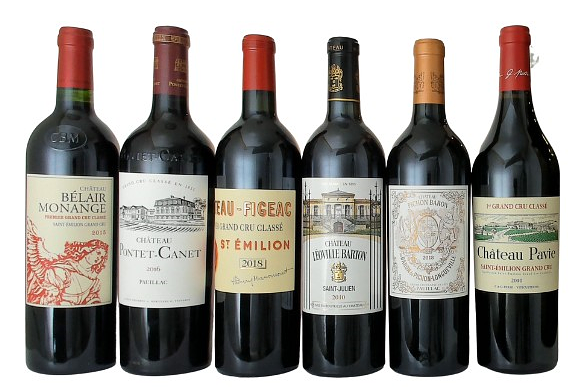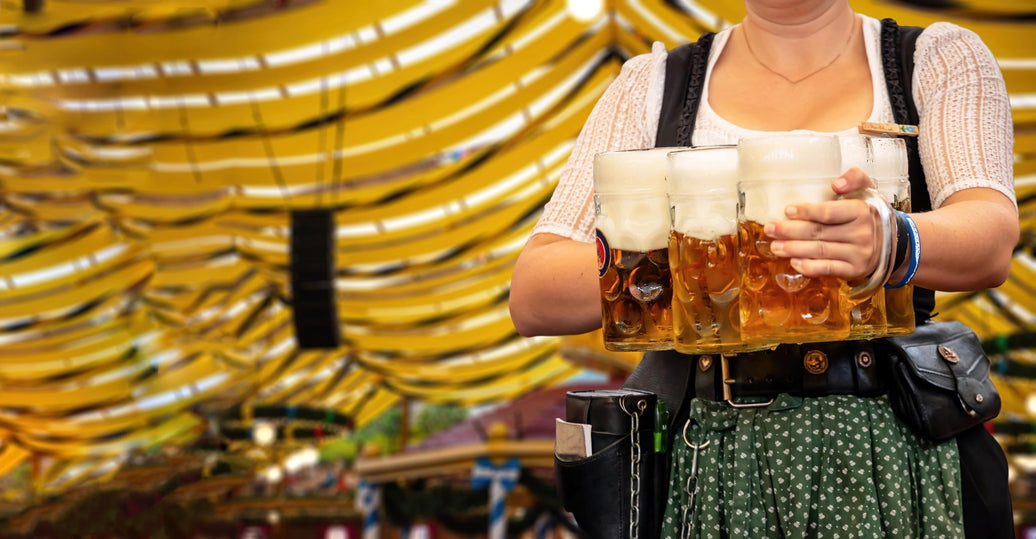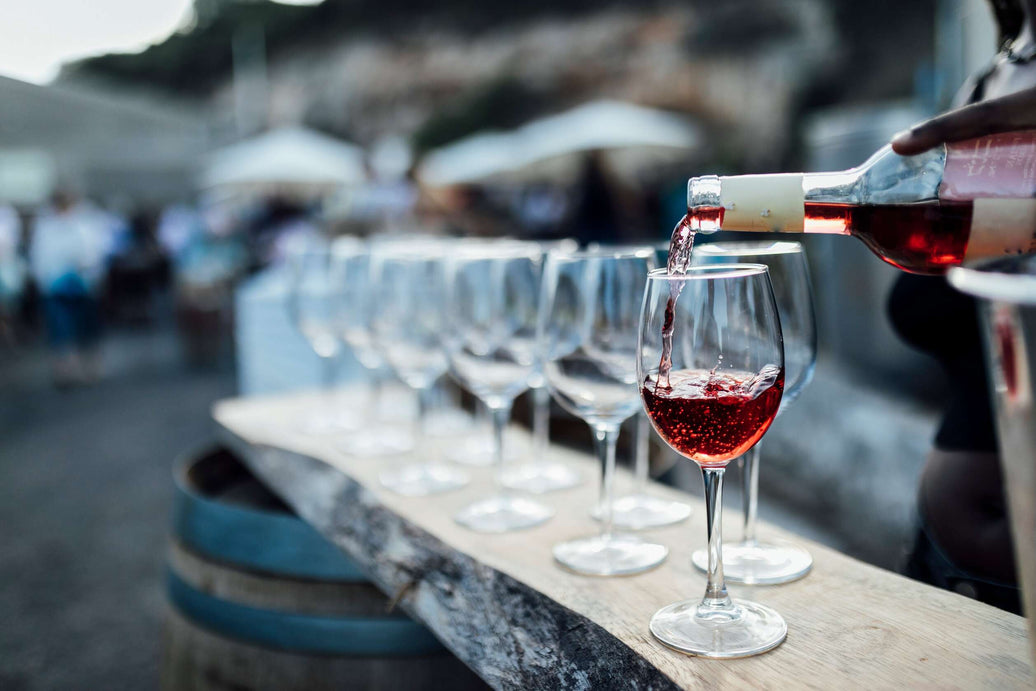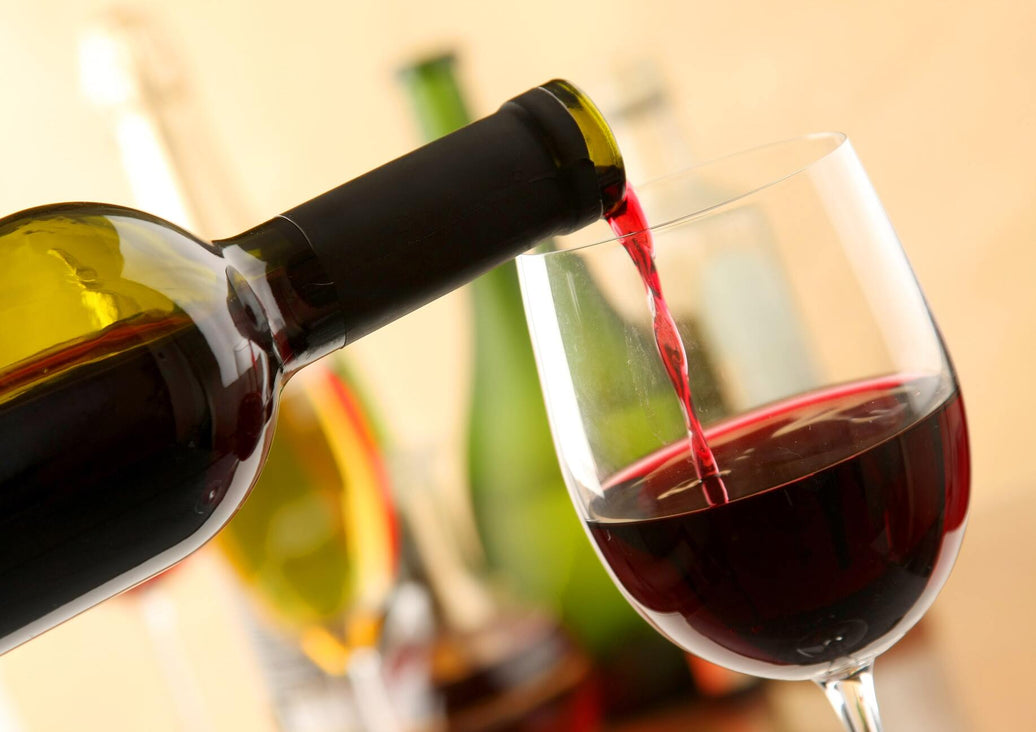If you’ve ever stared at an Italian wine list wondering whether to pick Barolo, Brunello, Valpolicella, or a Primitivo, you’re in the right place. We’ll cover common Italian wine styles to help you pick based on your meal, budget, and preference. We’ll also include a few links to bottles available at Cork Fine Wines in downtown Calgary, and highlight several Italian reds under $30 and a few great Italian wines under $100 for special occasions.
Guide to Italian Wine Styles
Italian red wine is defined by native grapes and their regions, classified under DOC, DOCG, or IGT rules. Key red varieties include Nebbiolo, Sangiovese, Corvina, Montepulciano, Primitivo, Nerello Mascalese, Nero d’Avola, and Dolcetto.
Wine styles by category:
-
Structured and age-worthy: Nebbiolo from Barolo and Barbaresco (Piedmont), and Sangiovese in Brunello di Montalcino (Tuscany). These are full-bodied, aromatic, and built to age.
-
Fruit-forward and everyday: Valpolicella Classico (based on Corvina), Montepulciano d’Abruzzo, Barbera, and Primitivo. These are approachable, flavorful, and suited for regular drinking.
-
Distinctive regional expressions: Etna Rosso from Sicily, made from Nerello Mascalese, offers light body, bright acidity, and mineral character which are typical of volcanic wines.
-
International-style blends: In coastal Tuscany, “Super Tuscans” blend Sangiovese with International varietals like Cabernet Sauvignon, Merlot or Syrah for a modern, polished profile. These are also ageworthy and might need time in bottle or in a decanter.
Most Popular Italian Red Wine Varieties
Common Italian red wine grapes and their typical profiles:
-
Sangiovese (Chianto, Chianti Classico, Brunello di Montalcino): Bright acidity; medium to full body with firm, food-friendly tannins.
-
Nebbiolo (Barolo, Barbaresco): High acidity and fine but assertive tannins, these are classic fine red wines for aging. Look for Langhe Nebbiolo when looking for a Nebbiolo that can be enjoyed younger.
-
Corvina (with Rondinella/Molinara) (Valpolicella/Ripasso/Amarone): from breezy cherry-bright Valpolicella to rich Amarone made from partially dried grapes.
-
Montepulciano (Montepulciano d’Abruzzo): Moderate tannins; an easy weeknight pick.
-
Primitivo (Puglia): think Italian Zinfandel - ripe blackberry, plum, and sweet spice with softer edges; an effortlessly nice Italian red wine style.
-
Nerello Mascalese (Etna Rosso): light in color yet savory and mineral.
-
Barbera (Piedmont): juicy red/black fruit and high acidity with minimal tannin. Great with pizza and tomato-based dishes.
-
Dolcetto (Piedmont): Dark fruit and a pleasant bitter-almond twist despite the name (“little sweet one”); more on Dolcetto meaning below.
Explore Full-Bodied Italian Reds
If you want bold, structured Italian reds that are great with steak or aging focus on these:
-
Barolo (Nebbiolo, Piedmont): commanding tannins and strong aromatics (rose, tar, cherry). For current options across budgets (from ~$70 to collectible single vineyards), browse Cork’s Barolo collection.
-
Brunello di Montalcino (Sangiovese, Tuscany): deep cherry, cedar, tobacco, and polished tannins; a reference point for expensive Italian red wine that will still include some great Italian wines under $100 in certain labels and vintages. One such bottle that critics love is the Val di Suga Brunello di Montalcino 2020.

-
Amarone della Valpolicella (Veneto): opulent texture and dried-fruit richness thanks to the ripasso style of winemaking where grapes are dried before fermentation to increase their power.
Best Italian Cabernet Sauvignon for Bold Flavours
If you search for the best Italian Cabernet Sauvignon you’ll land in coastal Tuscany (Bolgheri/Maremma). These wines are primarily Bordeaux wines which are blends of Cabernet Sauvignon, Cabernet Franc and Merlot).
One example is Tolaini “Valdisanti” Toscana. It is equal parts Cabernet Sauvignon and Cabernet Franc. Taste notes emphasize dark berries, cassis, and French-oak spice in a full-bodied Italian red package.

Expensive Italian Red Wine for Special Occasions
For a standout bottle, Barolo and Brunello are great choices. Amarone is a strong alternative if you prefer something rich and opulent.
Focus on well reviewed Italian wines under $100 from top regions. Terre nere brunello di montalcino 2019 is a great bottle for a special occasion. At just under $100, it scored 95 points from Enthusiast! This is a powerful wine that can continue to age to be ready now. We’d recommend pairing it with a hearty beef dish.

Cork carries a range of options. From accessible Rosso di Montalcino to premium Brunello, so you can choose the right level of splurge without overspending.
Light and Versatile Italian Reds
Not every Italian red wine needs to be a cellar heavyweight. For pasta, pizza, aperitivo, or casual gatherings, Italy excels in light, easy-drinking red wines.
Light-bodied Red Wine Italy Offers
-
Valpolicella Classico (Veneto): A standout: Brigaldara Valpolicella Classico—crisp and lively, with a profile that echoes Pinot Noir.

-
Etna Rosso (Sicily): Nerello Mascalese grown on volcanic slopes: pale colour, savoury red fruit, and stony minerality. Cork’s Pietradolce Etna Rosso is a great introduction.

-
Lambrusco (Emilia-Romagna): Sparkling, fruity, and refreshing. The dry version (“Secco”) pairs perfectly with salty snacks, making it the ideal party red. The Cantina di Carpi Lambrusco is one of our top sellers and priced so well!

Italian Red Wine Under $30
Cork carries a number of great Italian red wines under $30.
-
Valpolicella Classico (Veneto): Monte Zovo Valpolicella is bold and fruity with just the right amount of spice. It’ll pair with so many of your comfort weekday meals.

-
Super Tuscans (Tuscany): Villa Barbi Rosso is a staple on our shelf because we believe people will riot if we stopped selling it. Made with Sangiovese, Merlot and Cabernet. It’s proof that you don’t need to splurge for full bodied wine.

-
Barbera (Piedmont): The locals prefer to drink Barbera as their go to wine because it is approachable young and can be enjoyed with food or a glass to end the evening. The Villa Sparina Barbera del Monferrato is a prime example of this!

Regional Grapes of Italian Red Wine
-
Piedmont: Nebbiolo (Barolo/Barbaresco), Barbera, and Dolcetto.
-
Tuscany: Sangiovese in Chianti Classico and Brunello, with “Super Tuscan” zones blending in International grape varieties like Cabernet, Merlot or Syrah for a rich, polished wine.
-
Veneto: Corvina-led blends in Valpolicella (fresh) and Amarone (opulent).
-
Abruzzo: Montepulciano d’Abruzzo - savoury, and food-friendly.
-
Puglia: Primitivo and Negroamaro - ripe fruit and spice.
-
Sicily: Nerello Mascalese (Etna Rosso) and Nero d’Avola - fine light to medium-bodied red wines.
Choosing Italian Red Wines
How to Select the Right Red Wine for Any Occasion
Think of body, acidity, tannin, and flavour intensity as your compass:
-
Steak night & “big red” cravings: Select a full-bodied Italian red. Barolo, Brunello, Amarone, or Cabernet-led Super Tuscans.
-
Tomato-driven pasta & pizza: Bright, zesty reds. Valpolicella Classico, Barbera, Chianti Classico.
-
Mushroom, truffle & umami-rich dishes: Nebbiolo (Barolo/Barbaresco) and Sangiovese (Brunello) shine.
-
Cheese & charcuterie boards: Frizzante Lambrusco, Barbera, or Primitivo.
-
Gifts & cellaring: Barolo and Brunello are both great options. Italian red wine price bands widen quickly here, so compare listings to calibrate budget and style.
What Wines Are Similar to Malbec in Italy?
If you like Malbec’s, try these three Italian reds—they offer a similar richness but with a characteristically Italian savoury edge.
-
Montepulciano d’Abruzzo — ripe black cherry, cocoa, moderate tannins; a “bigger” weeknight wine without heaviness.
-
Primitivo (Puglia) — juicy plum and blackberry with baking spice; soft edges and generous body.
-
Nero d’Avola (Sicily) — sun-warmed dark fruit with savoury herbs; great value in many bottlings.
If you are looking for something a little different to try, Cork also carries a Malbec from Veneto! Unlike the typical Malbec from Argentina, it is fresher and lighter. Consider the La Vita e Bella Malbec for your next casual get together. It comes in a convenient 1 ltr format giving you an extra glass!

Dolcetto Meaning and Its Role in Italian Wine Culture
Dolcetto means “little sweet one,” but the wine is dry. Expect flavours of black cherry, licorice or anise, and a subtle bitter almond note on the finish, with soft tannins and moderate acidity.
It falls between Barbera’s brightness and Nebbiolo’s intensity—making it an ideal everyday red. It pairs well with pasta, salumi, or roasted vegetables.
Cork Fine Wines Italian Reds
Cork is a downtown boutique with a curated range of Italian imported wine. It offers weekday values, cellar-worthy classics, and lots in between.
Our Italian Red Wine List (shop-ready examples)
Here are a few Italian reds featured above, all sourced from Cork’s site, so you can click through to taste notes and pricing:
-
Valpolicella Classico (Veneto) — Brigaldara Valpolicella Classico: cherry-bright, aromatic, and delightful, slightly chilled—perfect for pizza night.

-
Etna Rosso (Sicily) — Pietradolce Etna Rosso: light yet savoury, with volcanic minerality; a sommelier favourite for “chillable red.”

-
Primitivo (Puglia) — Tenuta Viglione Primitivo: plush, spicy, and a stellar weeknight value—an easy “house red” style.

-
Super Tuscan / Cab-led blend (Tuscany) — Tolaini “Valdisanti” Toscana: Cab Sauvignon + Cab Franc; cassis, dark berries, and polished spice.

-
Brunello di Montalcino (Tuscany) — Terre nere brunello di montalcino 2019: classic Sangiovese depth and structure; a prime example of the best Italian wines under $100.

-
Barolo (Piedmont) — for a smart range (from entry to blue-chip cru), start at Cork’s Barolo collection and compare styles by commune and producer.
Find Your Perfect Italian Red Wine
Whether you're buying a gift, planning a meal, or building a small wine collection, Italian wines offer variety, value, and character. Start with the bottles listed, then explore by grape or region. Soon, you’ll have a reliable everyday red, a few age-worthy bottles for special occasions, and a handful of favourite producers. That’s the appeal of Italian wine: diverse styles, rooted in place, with a wine for every moment—from light and fresh to bold and powerful.
